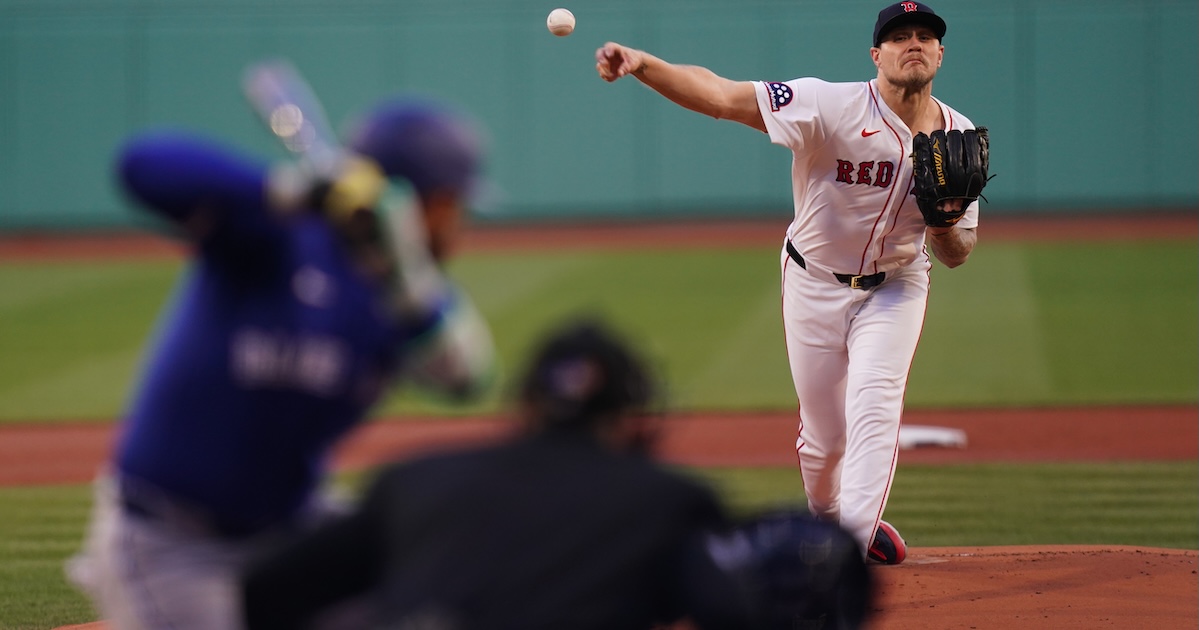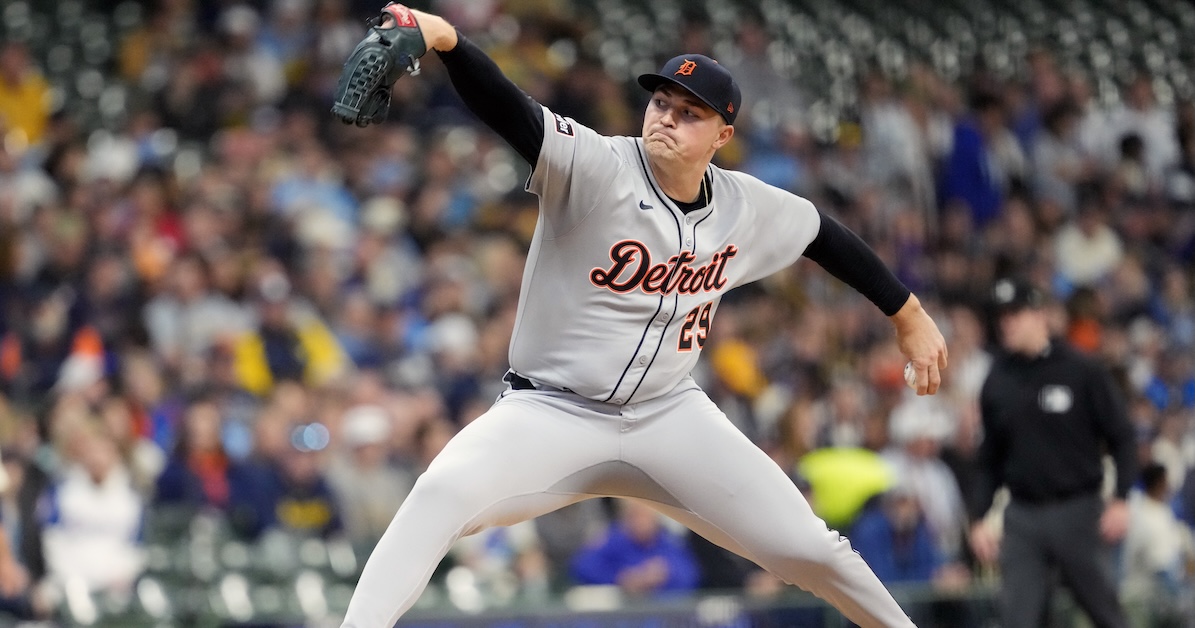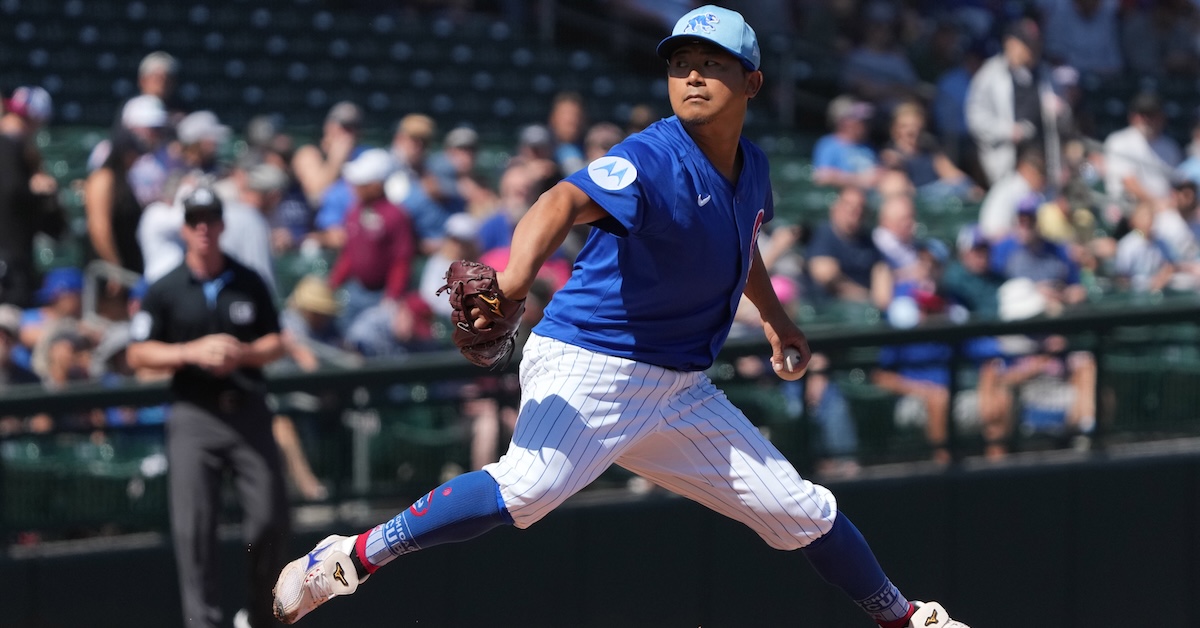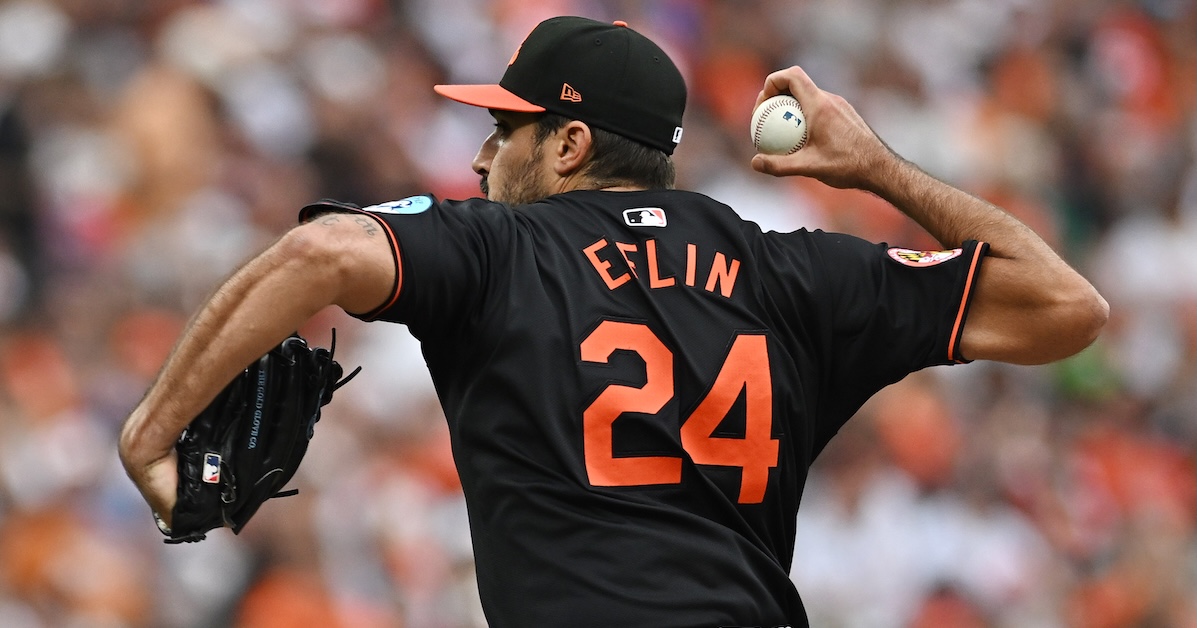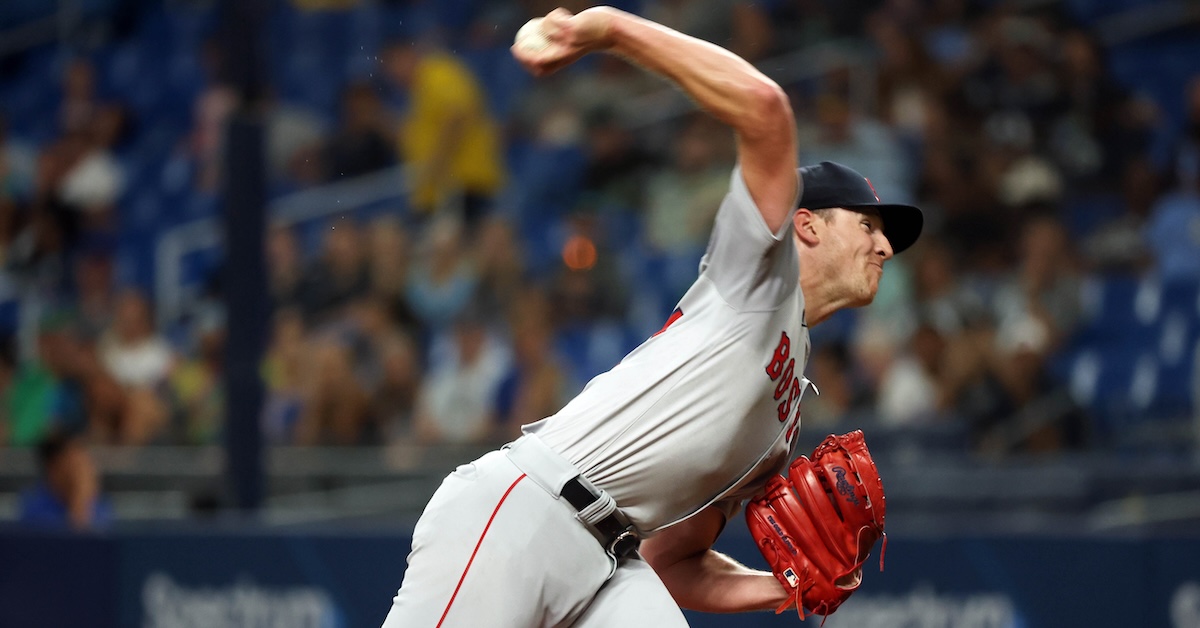When you have a pitch that can be thrown in the zone, induce weak contact, and get called strikes, you throw it and you throw it often. However, last season (2023) the sinker’s usage hit its lowest point within the Statcast era among starting pitchers, down to 13.9%. A slight resurgence this season has brought its usage up to 15.0%. Compared to a 22.8% usage in 2015, the start of the statcast era, the sinker no longer sits at the popular kid’s lunch table.
However, if we change the split to view the sinkers utilization by relievers, we see the resurgence started earlier and with a little more gusto:

Relievers have been doing crazy things with their sinkers when you look at the data. The obvious ones like throwing it faster with more movement are apparent, but throwing it in unusual locations seems to be a thing. While all those small changes are occurring, we can still rely on what is happening on average to help us make quick comparisons. For example, a swinging strike rate of 10% on a four-seam fastball is average. A 10% swinging strike rate on a sinker is really good. This post serves to help navigate benchmark statistics on the sinker.
Four-seamers | Sinkers | Cutters
Read the rest of this entry »
